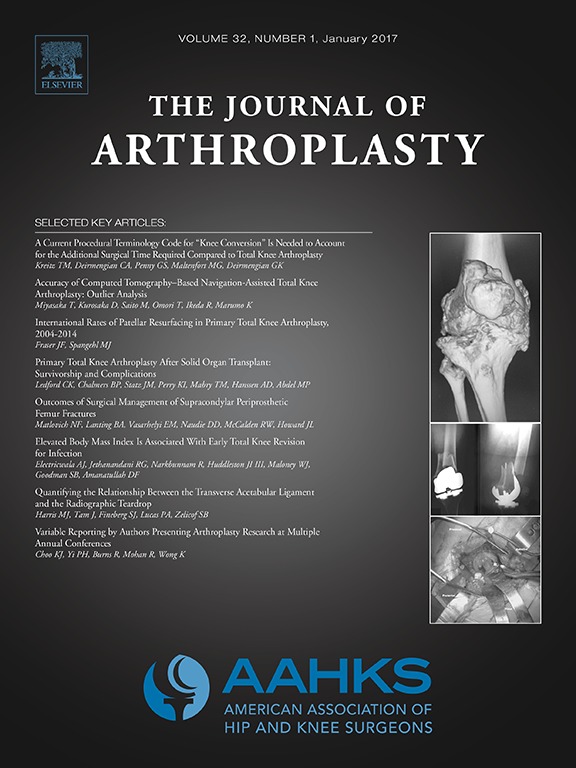
ARTHROPLASTY
Role of high flexion implant design for cruciate-retaining TKA
J Arthroplasty. 2014 May;29(5):961-5132 patients undergoing cruciate-retaining total knee arthroplasty (TKA) were randomized to evaluate the efficacy of high flexion implants against a standard prosthetic. 122 patients were included in the analysis with 51 patients receiving standard prosthetic and 71 receiving the High Flex implant. Patients' preoperative, intraoperative, and 1 year postoperative range of motion were assessed, along with other measures of knee function, and patient status. The evidence presented in this trial indicated superior intraoperative range of motion, associated with the high flexion implant. However, range of motion was comparable at all other time points, along with the similar clinical outcomes of Knee Society Score, and Short-Form 36. Knee flexion during the preoperative period was the only significant factor influencing knee flexion at follow-up.
Unlock the full ACE Report
You have access to {0} free articles per month.Click below to unlock and view this {1}
Unlock NowCritical appraisals of the latest, high-impact randomized controlled trials and systematic reviews in orthopaedics
Access to OrthoEvidence podcast content, including collaborations with the Journal of Bone and Joint Surgery, interviews with internationally recognized surgeons, and roundtable discussions on orthopaedic news and topics
Subscription to The Pulse, a twice-weekly evidence-based newsletter designed to help you make better clinical decisions
Exclusive access to original content articles, including in-house systematic reviews, and articles on health research methods and hot orthopaedic topics
Or upgrade today and gain access to all OrthoEvidence content for just $1.99 per week.
Already have an account? Log in


Subscribe to "The Pulse"
Evidence-Based Orthopaedics direct to your inbox.
{0} of {1} free articles
Become an OrthoEvidence Premium Member. Expand your perspective with high-quality evidence.
Upgrade Now












































































